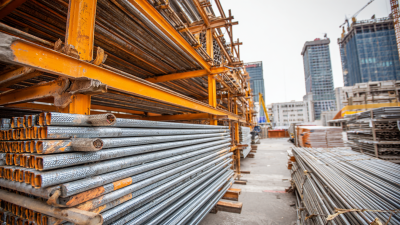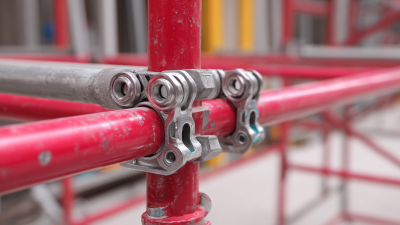 +86 18531741341
+86 18531741341
Leave Your Message
When embarking on a construction project, selecting the appropriate scaffolding parts is crucial for ensuring safety, efficiency, and structural integrity. The right choice can significantly influence the workflow, worker safety, and overall quality of the finished structure. In this guide, we will explore the essential considerations and factors to keep in mind when choosing scaffolding parts tailored to your specific project needs. Whether you are a seasoned contractor or a novice in the construction field, understanding the different types of scaffolding components and their functions will empower you to make informed decisions.
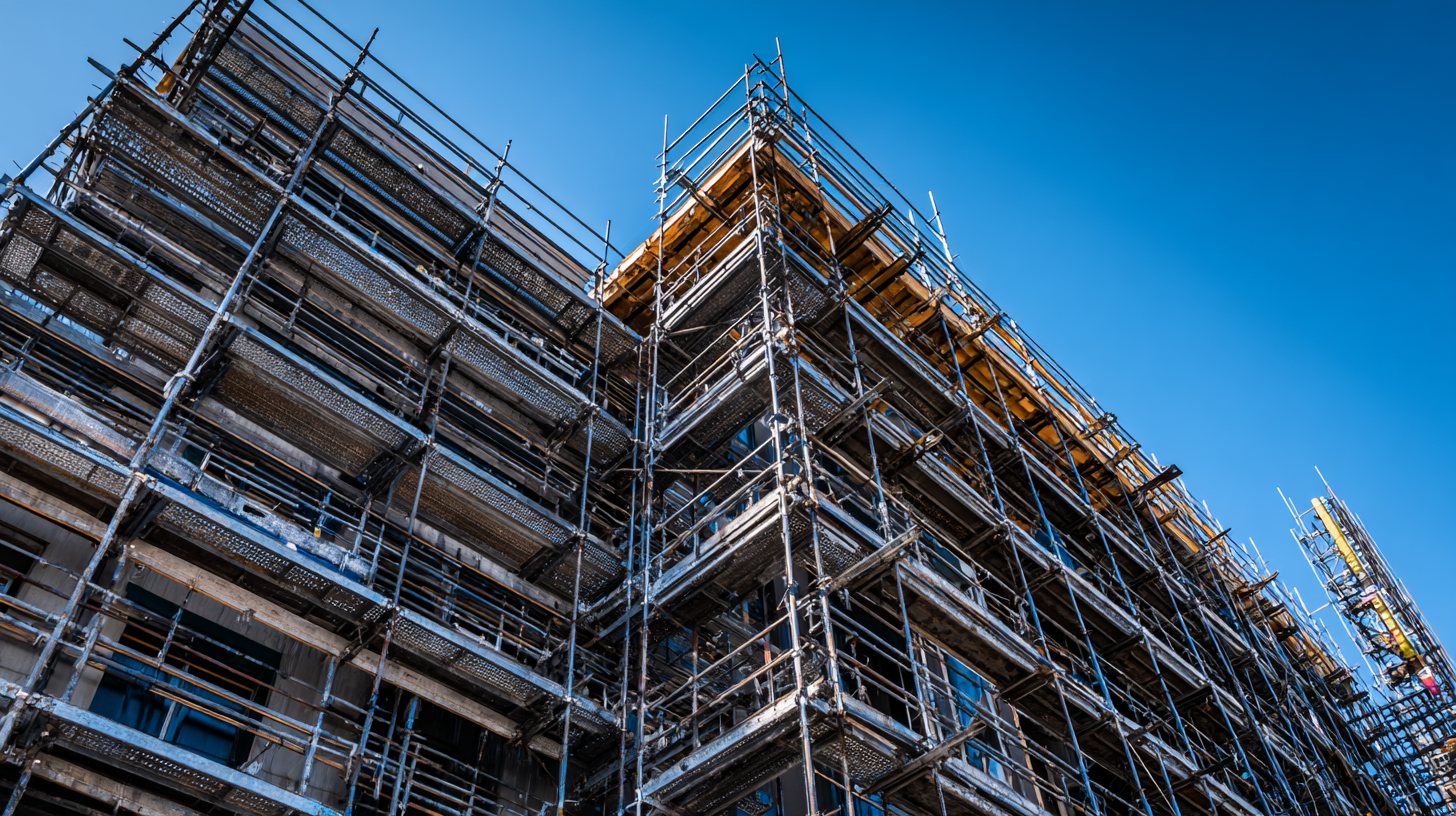
From frames and platforms to braces and fittings, each part plays a vital role in creating a stable work environment. Let’s delve into the key aspects that will help you effectively select the best scaffolding parts for your project, ensuring not just compliance with safety standards but also enhancing productivity on the job site.
When embarking on a construction project, understanding the various types of scaffolding parts available in the market is essential for ensuring safety and efficiency. Scaffolding systems are primarily categorized into frame, modular, and suspended scaffolding. According to a report from the Occupational Safety and Health Administration (OSHA), around 65% of construction workers use scaffolding in their projects, highlighting the importance of choosing the right components to prevent accidents and enhance productivity.
**Tips:** When selecting scaffolding parts, consider the load capacity required for your project. Frame scaffolding is ideal for general construction, while modular systems provide greater flexibility and customization. Additionally, suspended scaffolding is suitable for high-rise buildings but requires rigorous safety checks due to its complexity.
Understanding the specific requirements of your project will guide you in selecting the appropriate scaffolding parts. High-quality components such as guardrails, ladders, and platforms are crucial in creating a safe work environment. A study from the National Institute for Occupational Safety and Health (NIOSH) shows that proper scaffolding setup reduces fall hazards by 50%, making the selection of the right parts not only a matter of compliance but also of worker safety.
**Tips:** Always verify the certifications and compliance of scaffolding materials. Investing in reliable parts will not only meet legal standards but also provide peace of mind during your project's execution.
| Part Type | Description | Material | Common Uses |
|---|---|---|---|
| Standards | Vertical posts that support the scaffold structure | Steel or Aluminum | Used in almost all types of scaffolding |
| Ledgers | Horizontal members that connect standards and provide support for boards | Steel or Aluminum | Common in platforms and frame scaffolds |
| Decks/Bearers | Components that provide a platform for workers to stand on | Plywood, Steel or Aluminum | Essential for working surfaces |
| Braces | Diagonal supports that stabilize the structure | Steel | Used to prevent lateral movements |
| Couplers | Connect various scaffolding components together | Steel | Essential for assembling any scaffold system |
| Footings | Provide a stable base to prevent settling or movement | Plastic or Steel | Used on any scaffolding setup |
When selecting scaffolding parts for any project, evaluating the load-bearing capacity is paramount to ensure safety and compliance with industry regulations. Each component of the scaffolding system must be assessed to determine how much weight it can safely support. This includes beams, platforms, and braces, which must all be tested against the expected loads, including workers, materials, and tools. Understanding the specific requirements of your project will assist in choosing the right materials that can withstand the intended pressure without compromising safety.
Furthermore, adhering to local and national safety standards is essential when selecting scaffolding components. Regulatory guidelines often dictate the minimum load-bearing capacities for different types of scaffolding. By familiarizing yourself with these standards, you can make informed decisions regarding the purchase and implementation of scaffolding parts. Utilizing design charts and consulting with manufacturers can further clarify the load limits of various components, helping to ensure that every aspect of your scaffolding system is compliant and safe for use.
When selecting scaffolding parts for a project, the quality and durability of materials play a critical role in ensuring safety and longevity. High-quality scaffolding materials must endure harsh environmental conditions and heavy loads without compromising structural integrity. It is essential to assess the material's specifications, such as tensile strength and resistance to corrosion, particularly when working in outdoor or industrial settings. Hot-dipped galvanized steel or aluminum alloys are often preferred choices due to their robustness and ability to withstand wear over time.
In addition, the reputation and standards of the manufacturer should not be overlooked. Reliable suppliers typically adhere to industry standards and regulations, ensuring that their products meet specific safety criteria. Certification marks can provide further assurance of the scaffolding parts' quality. Regular inspections of materials during and after transportation can also help identify any potential defects, ensuring that the components will perform as expected throughout the lifespan of the project. Choosing the right scaffolding parts with a focus on material quality guarantees a safer work environment and a more successful project outcome.
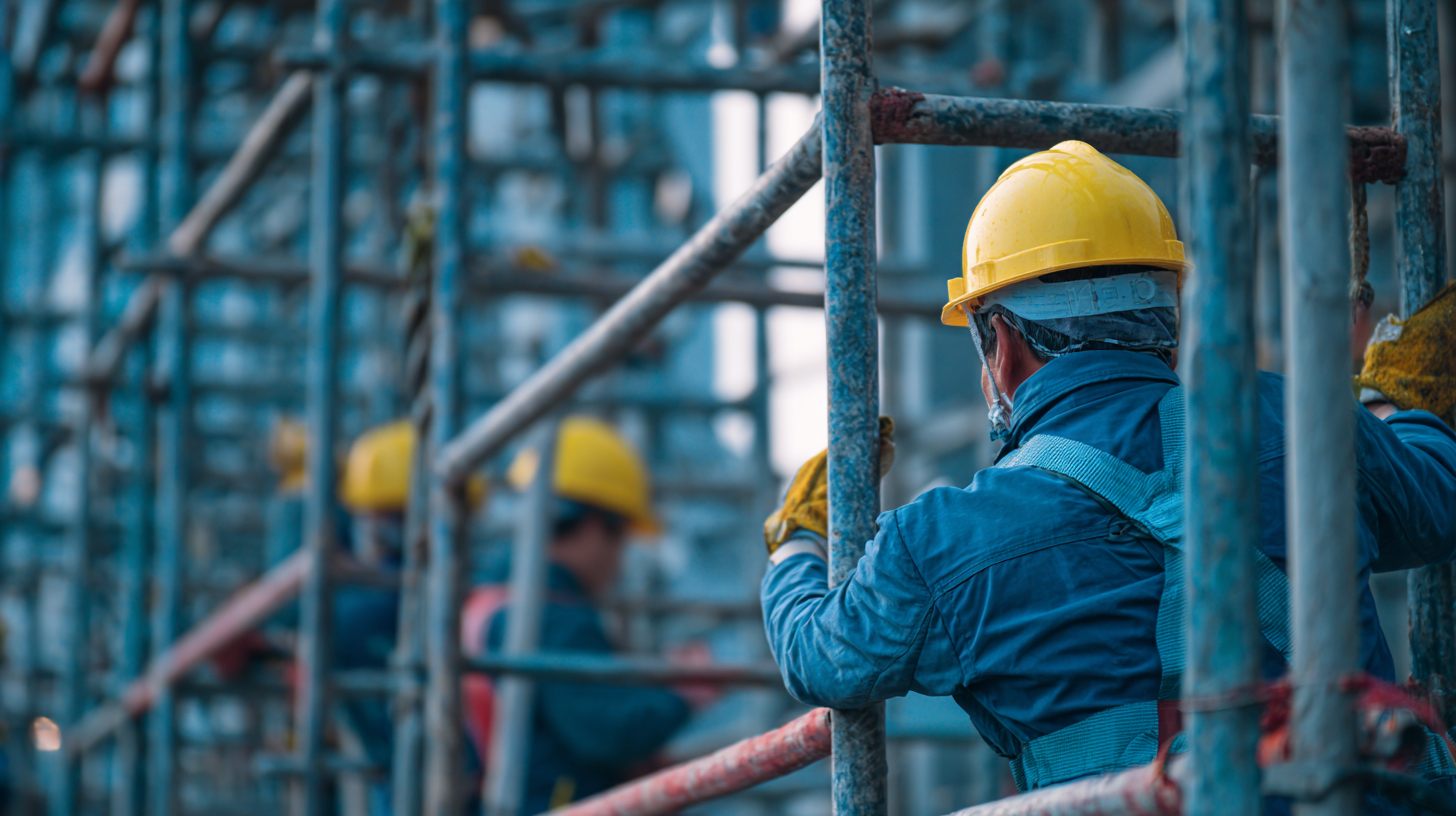 When selecting scaffolding parts for your project, it is crucial to consider the scale and configuration of the job at hand. The size of the project will dictate the type of scaffolding you need, whether it’s a small residential refurbishment or a large commercial building. For smaller projects, lighter materials such as aluminum scaffolding may suffice, while larger constructions require robust steel scaffolding to support higher loads and provide stability.
When selecting scaffolding parts for your project, it is crucial to consider the scale and configuration of the job at hand. The size of the project will dictate the type of scaffolding you need, whether it’s a small residential refurbishment or a large commercial building. For smaller projects, lighter materials such as aluminum scaffolding may suffice, while larger constructions require robust steel scaffolding to support higher loads and provide stability.
Tips: Assess the height and complexity of your project to determine the appropriate scaffolding type. Ensure that your selected parts comply with safety standards and can bear the necessary weight. Additionally, think about accessibility and the required workspaces. A well-planned configuration not only enhances safety but also improves efficiency on-site.
Choosing the right scaffolding also involves understanding how different parts interact with each other. Consider the layout of your project and how factors such as terrain and weather conditions may affect the scaffold setup. This can impact your decision on whether to use traditional scaffolding or advanced modular systems, which offer flexibility in design and assembly.
Tips: Take measurements before making a purchase to avoid unnecessary errors. Consulting with experienced professionals in scaffolding can provide insight into the best practices for your specific configuration and ensure that your project runs smoothly.
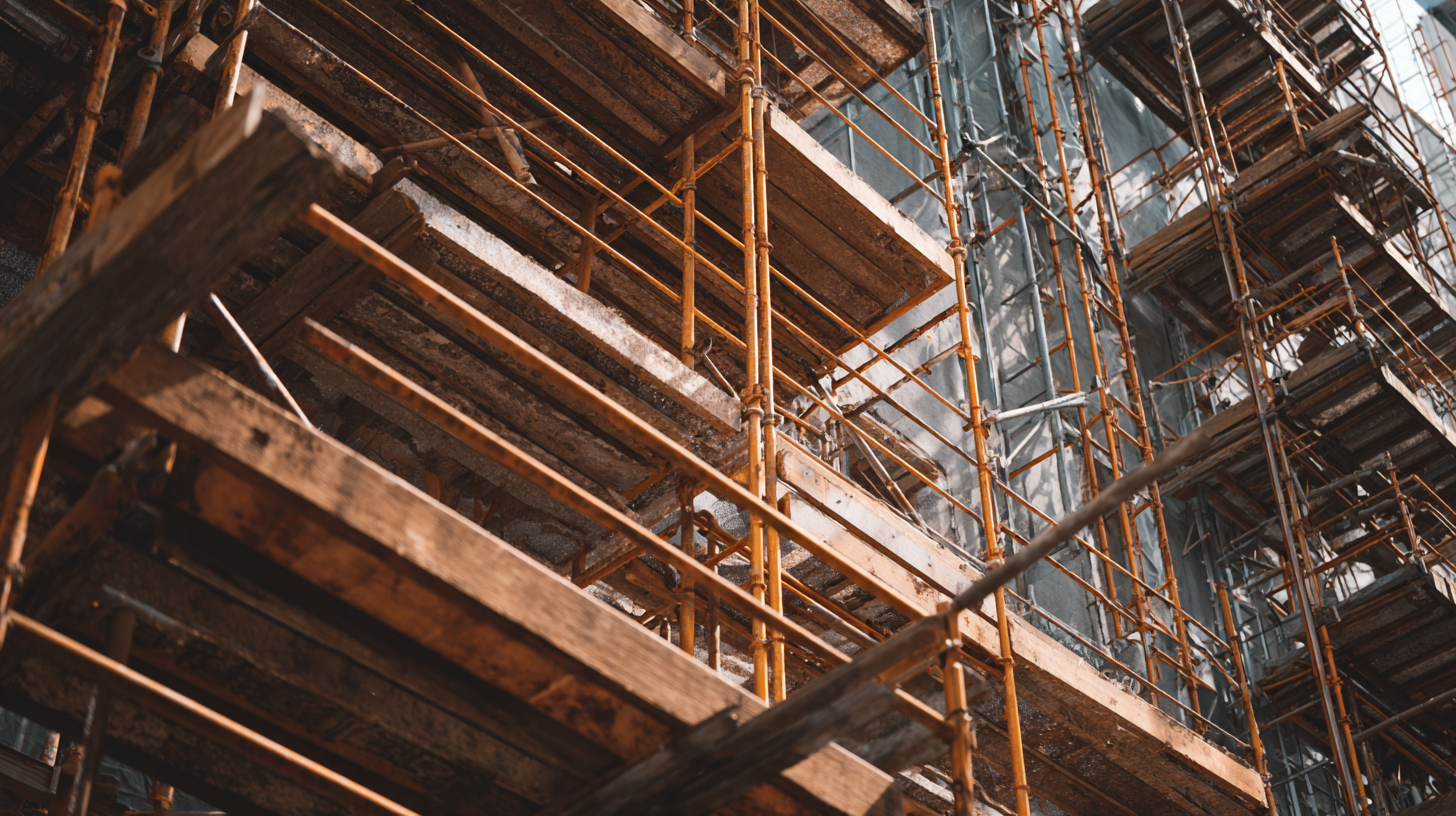 When embarking on a construction project, selecting the right scaffolding parts is crucial for both
safety and efficiency.
One essential step in this process is identifying reputable suppliers. According to a recent report from the
Scaffolding Association, nearly 60% of construction
accidents are attributed to scaffold failures, underscoring the importance of high-quality components. Ensure that
your suppliers are recognized within the industry and have a solid track record of providing
reliable scaffolding solutions.
When embarking on a construction project, selecting the right scaffolding parts is crucial for both
safety and efficiency.
One essential step in this process is identifying reputable suppliers. According to a recent report from the
Scaffolding Association, nearly 60% of construction
accidents are attributed to scaffold failures, underscoring the importance of high-quality components. Ensure that
your suppliers are recognized within the industry and have a solid track record of providing
reliable scaffolding solutions.
To make informed decisions, it's vital to read customer reviews and feedback on various suppliers.
Websites such as Trustpilot and industry-specific forums can provide valuable insights.
A study from the Construction Industry Institute indicates that 70% of
project delays are linked to equipment issues. Thus, choosing suppliers with positive reviews can significantly
mitigate risks associated with scaffold failures.
Tips:
1. Look for suppliers that offer a warranty on their scaffolding parts; this demonstrates their confidence in product quality.
2. Engage with past customers or request case studies from suppliers to understand their experiences firsthand.
3. Verify any certifications or compliance with safety standards, as these are critical indicators of a supplier’s reliability.
